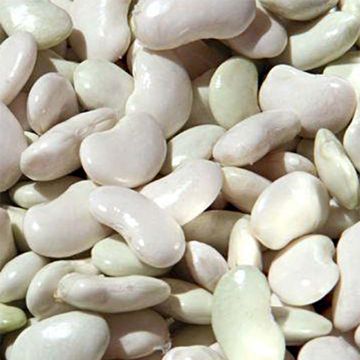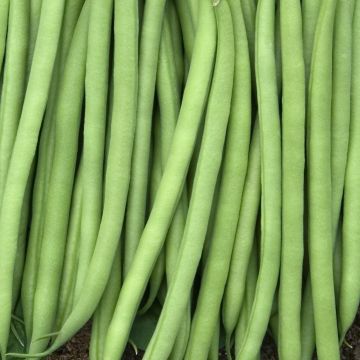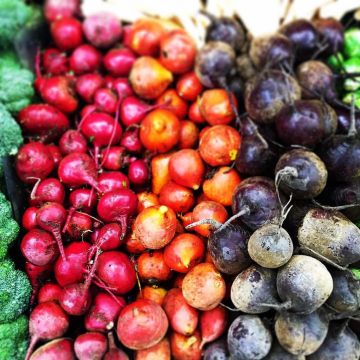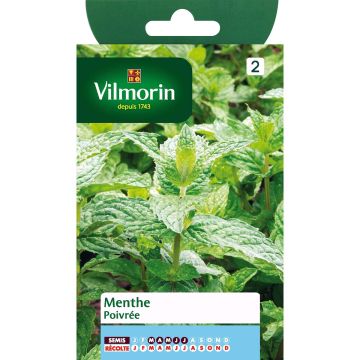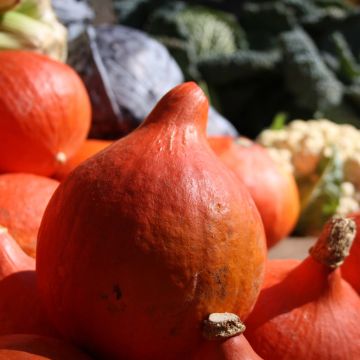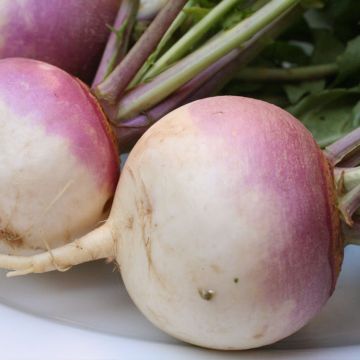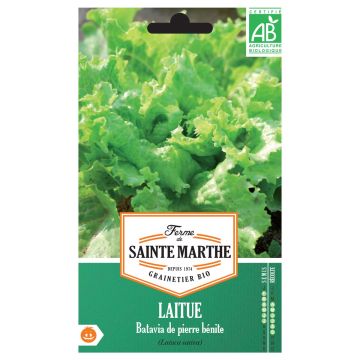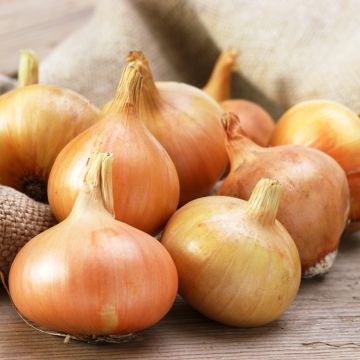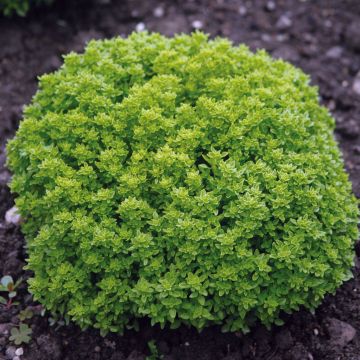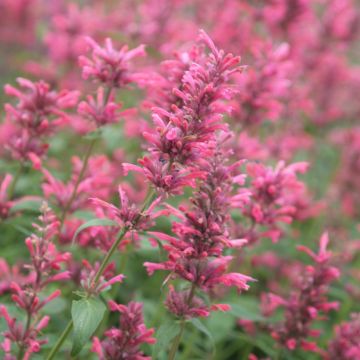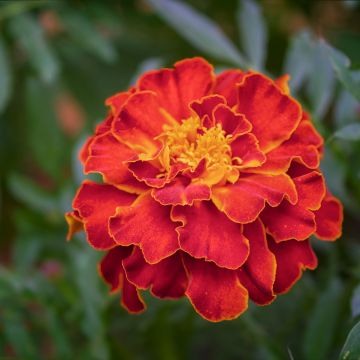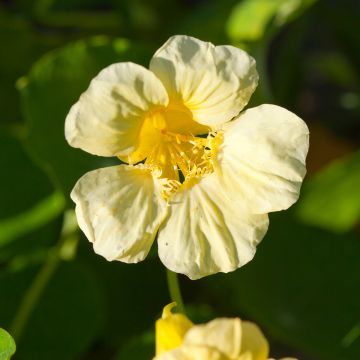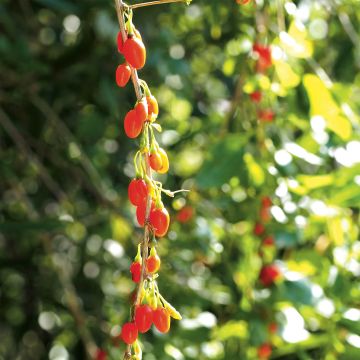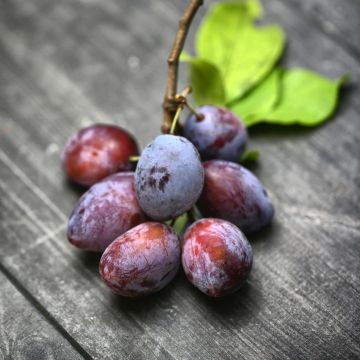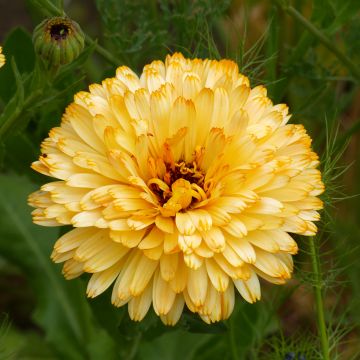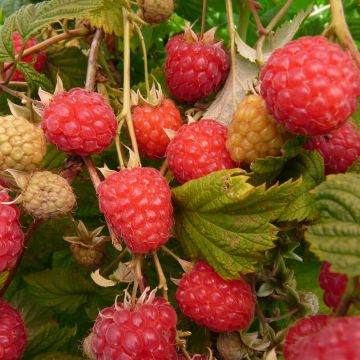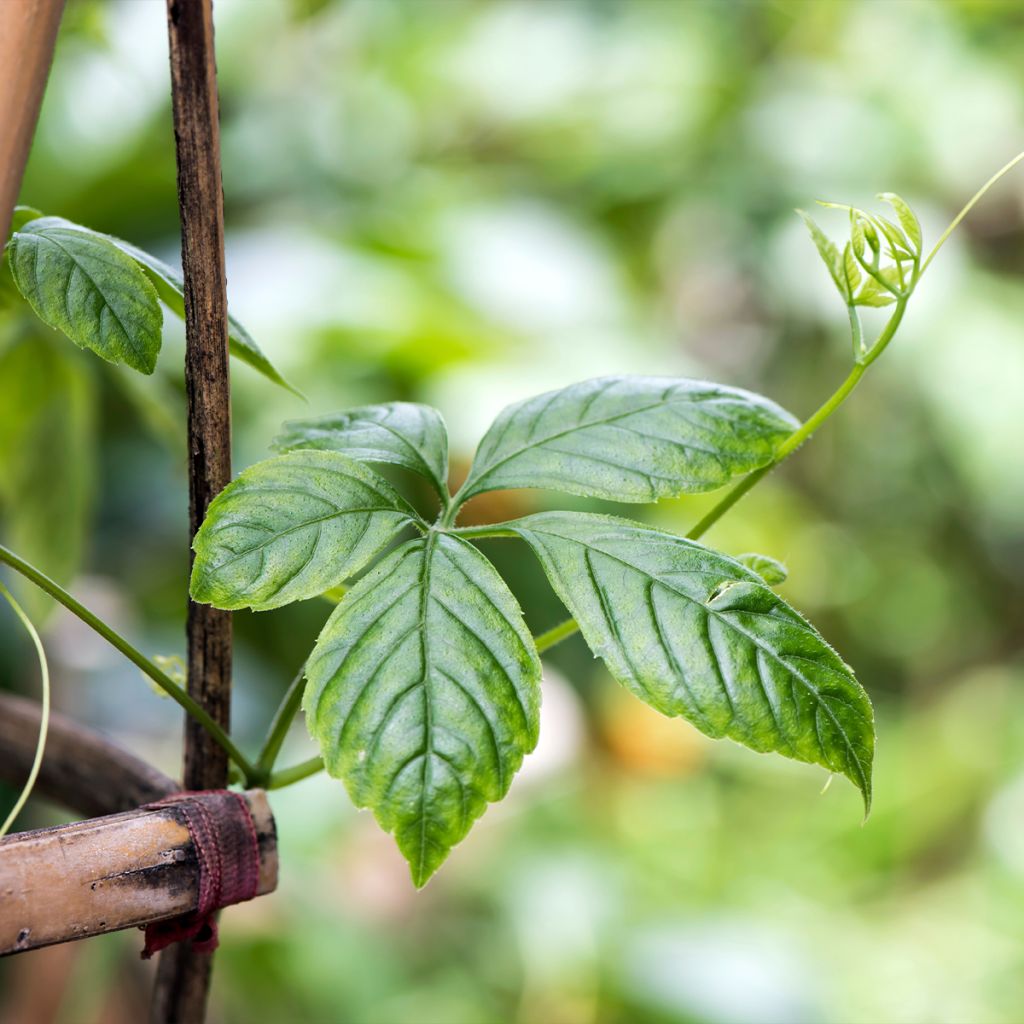

Jiaogulan - Gynostemma pentaphyllum
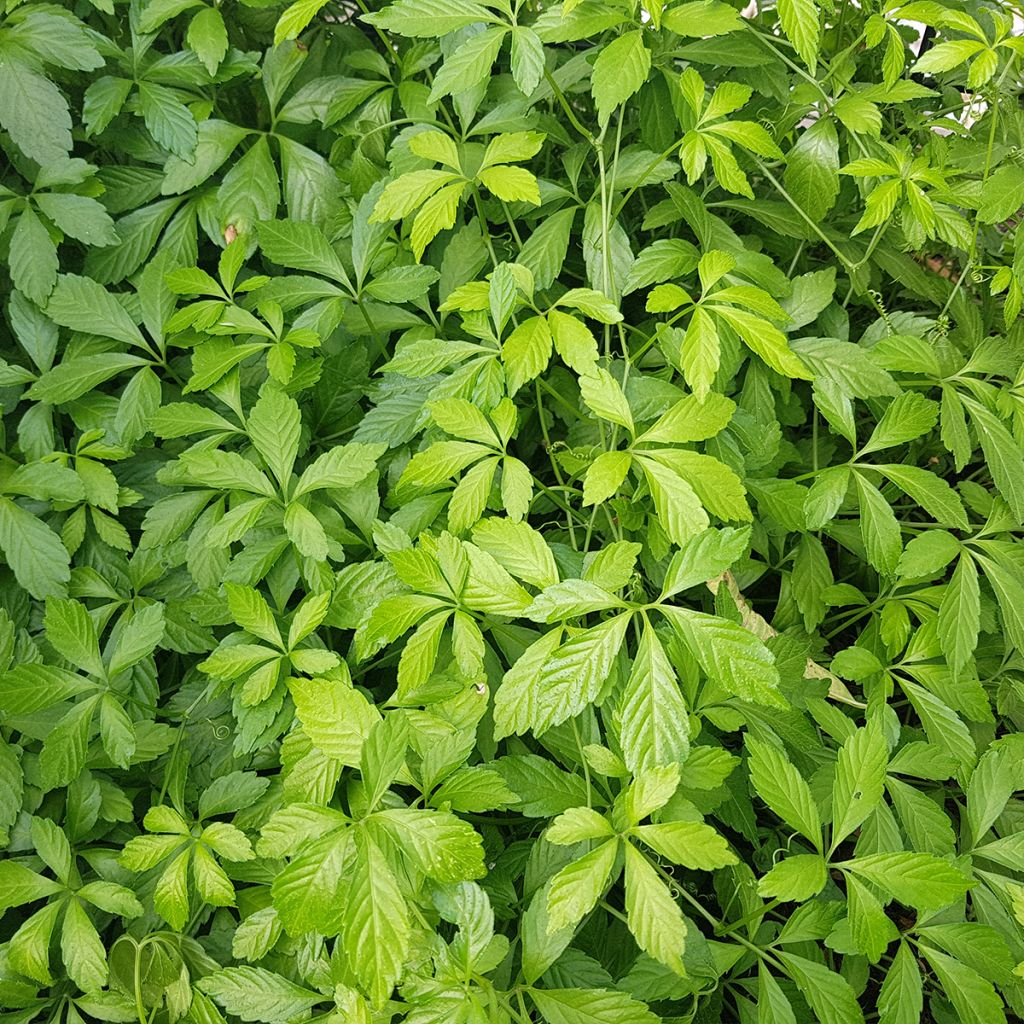

Jiaogulan - Gynostemma pentaphyllum
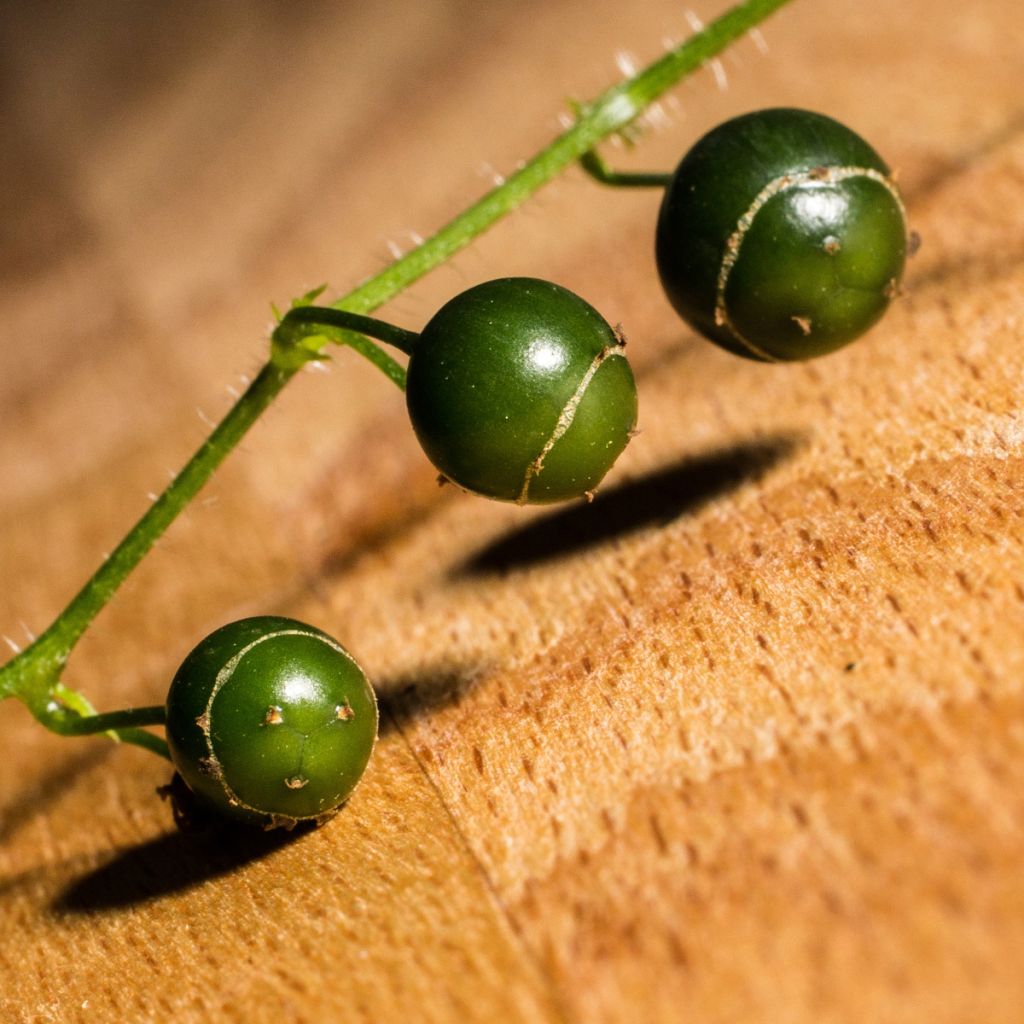

Jiaogulan - Gynostemma pentaphyllum
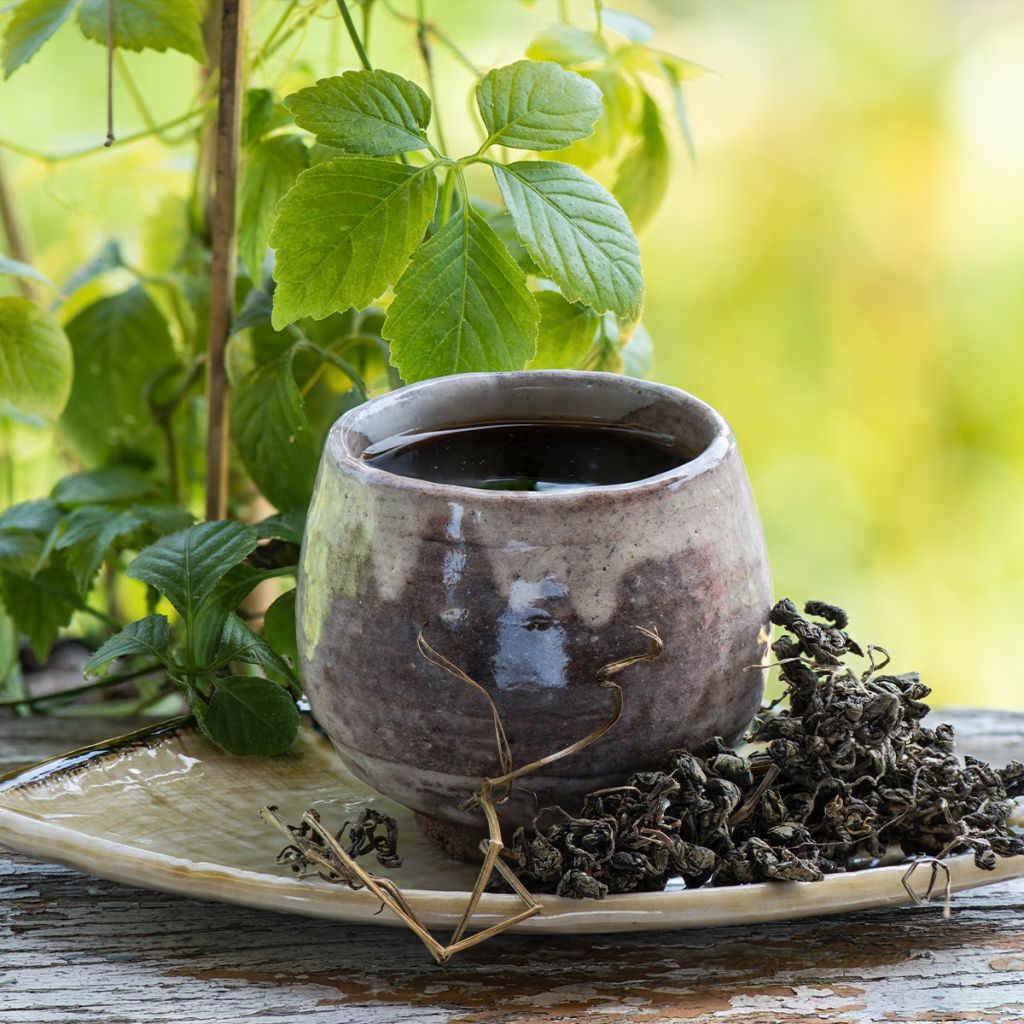

Jiaogulan - Gynostemma pentaphyllum
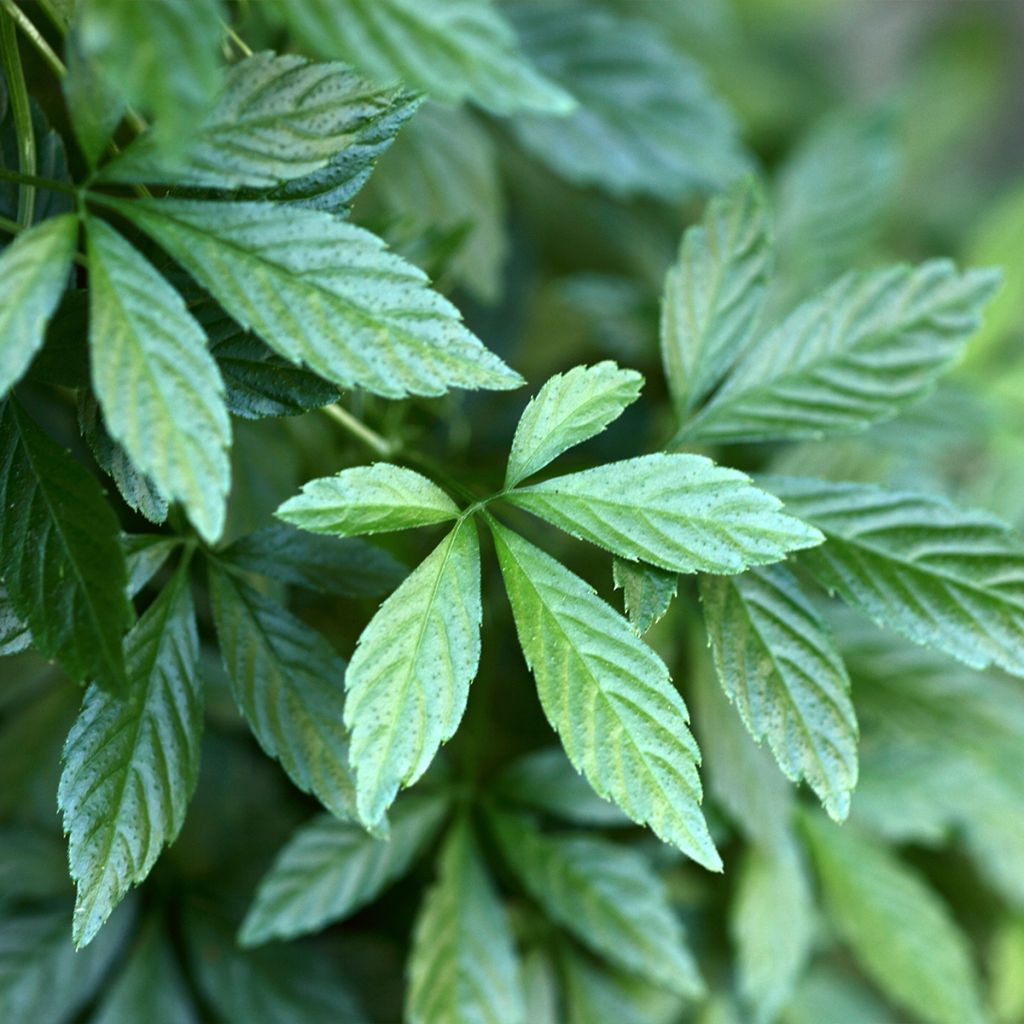

Jiaogulan - Gynostemma pentaphyllum
Jiaogulan - Gynostemma pentaphyllum
Gynostemma pentaphyllum
Jiaogulan, Five-Leaf Ginseng, Southern Ginseng, Miracle Grass, Fairy Herb, Gospel Herb, Sweet tea vine.
This item cannot be shipped to the selected country
Delivery charge from €5.90
More information
Schedule delivery date,
and select date in basket
This plant carries a 6 months recovery warranty
More information
We guarantee the quality of our plants for a full growing cycle, and will replace at our expense any plant that fails to recover under normal climatic and planting conditions.
From €5.90 for pickup delivery and €6.90 for home delivery
Express home delivery from €8.90.
Description
Jiaogulan or the tea of immortality, in Latin Gynostemma pentaphyllum, is a vigorous climbing plant native to Asia with the appearance of a Virginia creeper. It is cultivated as a medicinal plant, for its leaves prepared as an infusion, but also as an ornamental plant. Very hardy, Jiaogulan can be grown both in open ground, where it makes a beautiful plant for cool semi-shade, and in a large pot on the terrace or balcony. An oral tradition tells that regular consumption of Jiaogulan can have an effect on longevity, hence its nickname "tea of immortality". The leaves will be harvested as needed throughout the season, between April and October.
Gynostemma pentaphyllum is a plant native to Asia (India, China, Taiwan, Malaysia, Japan and Korea) that belongs to the Cucurbitaceae family, just like zucchinis and pumpkins. It is a climbing plant with a perennial root, resistant to frost, which will need support to cling to or will grow on the ground if you have enough space. In open ground, Jiaogulan can reach a height of 4 to 8m (13 to 26ft). When grown in a pot, its dimensions will be more modest. The foliage is very dense, it will be deciduous in winter in most climates, semi-evergreen if the plant is sheltered from frost. The leaves are dark green, palmate, divided into lanceolate and dentate leaflets with pinnate nervation. The flowering takes the form of panicles composed of small pale yellow flowers, between April and October.
The leaves of the tea of immortality, with a sweet taste, are used for infusions, either alone or mixed with other plants. The Japanese use Jiaogulan to replace sugar in certain beverages. This plant is rich in antioxidants and contains more saponins than ginseng. Used in traditional Chinese medicine, the tea of immortality is known, among other things, for strengthening the immune system, increasing vitality, and helping the body better resist stress.
Grow it in open ground in the vegetable garden or in a pot, in partial shade, in rich, humus-rich soil that remains slightly moist.
Harvesting: the leaves can be harvested throughout the year (except during freezing periods), as needed.
Preservation: ideally, the leaves should be consumed fresh, just after picking. However, they can be dried by hanging a bunch of stems upside down in a dry, well-ventilated place, away from light.
Gardener's tip: To prevent the soil from drying out in summer and to insulate it from the cold in winter, we recommend mulching the soil with thin successive layers of grass clippings, if possible mixed with dead leaves. This protection also reduces the need for weeding.
Report an error about the product description
Jiaogulan - Gynostemma pentaphyllum in pictures
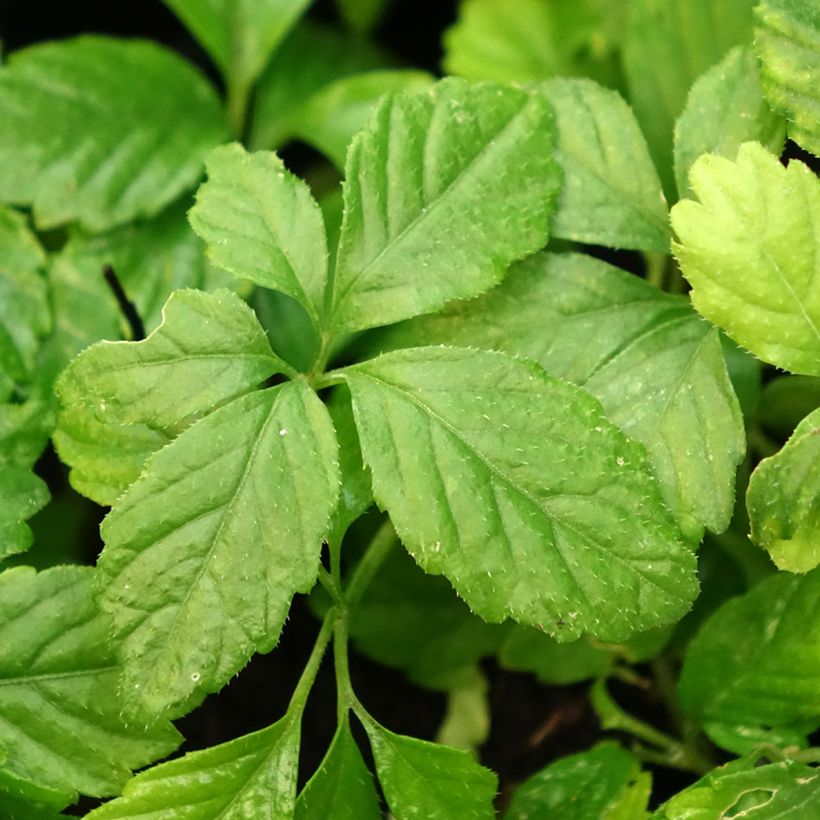

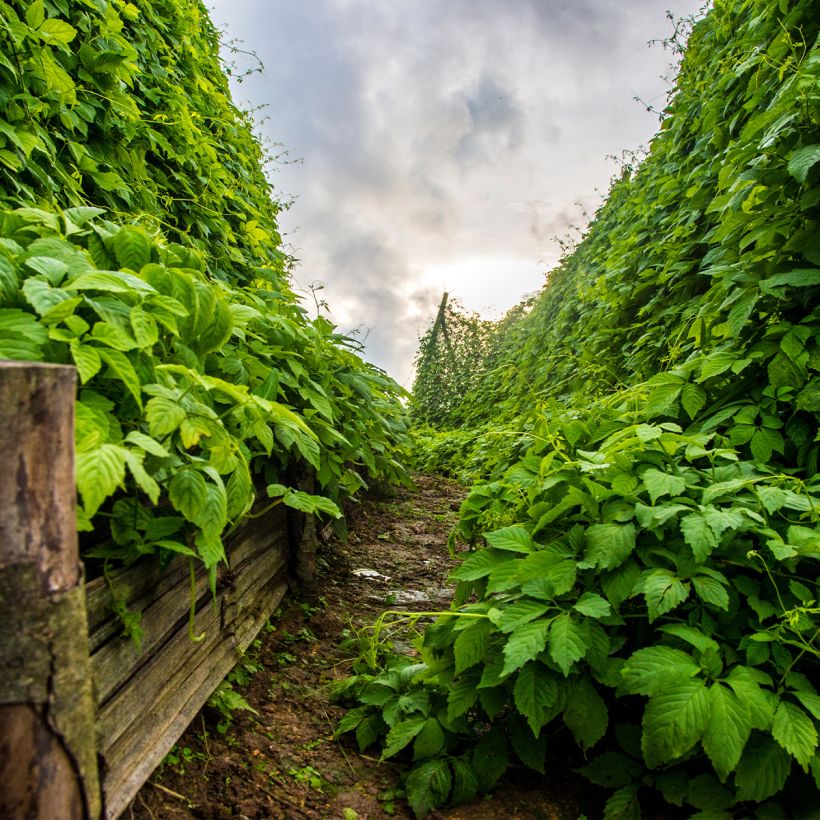

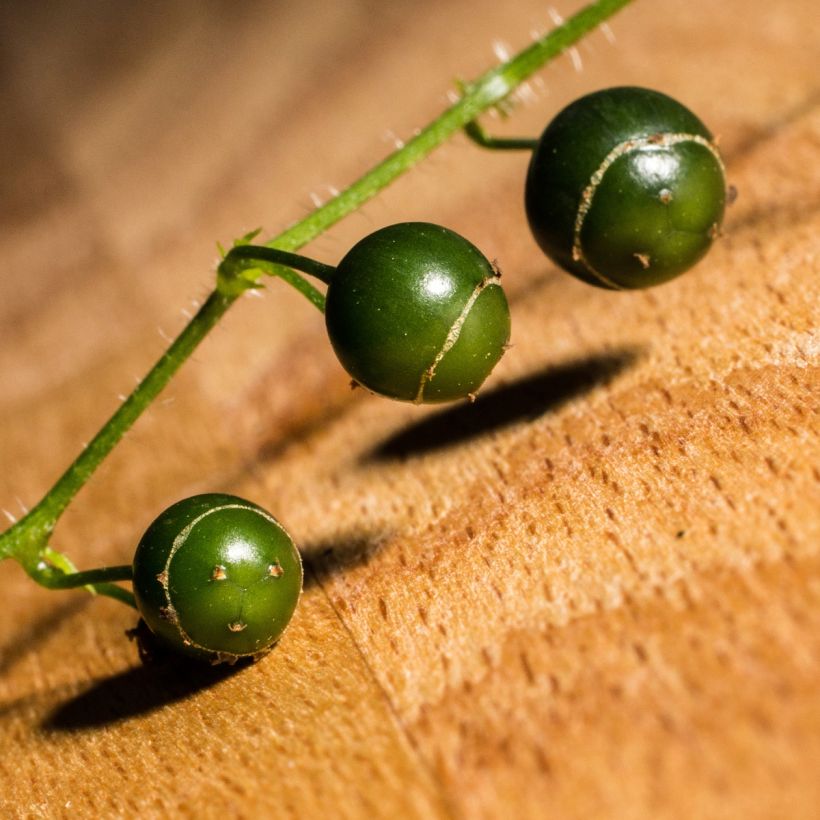

Harvest
Plant habit
Foliage
Other Vegetable garden A to Z
Planting and care
Jiaogulan appreciates rich, well-drained soils that do not dry out. Choose a partially shaded location (avoid direct sunlight) and a somewhat sheltered spot. The tea of immortality needs support to cling to (stakes, trellis, bushes...) or will grow on the ground if you have space. Planting is done from spring to autumn, preferably between April and June.
If you plant multiple young plants, space them 1 metre (3 feet) apart in all directions. Dig a hole (3 times the volume of the root ball), place the root ball and cover with fine soil. Lightly tamp down and water to keep the soil moist.
During cultivation, water moderately but regularly. Cut off dry stems at the end of winter.
Jiaogulan can also be grown in a pot.
Cultivation
Care
Intended location
This item has not been reviewed yet - be the first to leave a review about it.
Themed vegetable gardens
Haven't found what you were looking for?
Hardiness is the lowest winter temperature a plant can endure without suffering serious damage or even dying. However, hardiness is affected by location (a sheltered area, such as a patio), protection (winter cover) and soil type (hardiness is improved by well-drained soil).

Photo Sharing Terms & Conditions
In order to encourage gardeners to interact and share their experiences, Promesse de fleurs offers various media enabling content to be uploaded onto its Site - in particular via the ‘Photo sharing’ module.
The User agrees to refrain from:
- Posting any content that is illegal, prejudicial, insulting, racist, inciteful to hatred, revisionist, contrary to public decency, that infringes on privacy or on the privacy rights of third parties, in particular the publicity rights of persons and goods, intellectual property rights, or the right to privacy.
- Submitting content on behalf of a third party;
- Impersonate the identity of a third party and/or publish any personal information about a third party;
In general, the User undertakes to refrain from any unethical behaviour.
All Content (in particular text, comments, files, images, photos, videos, creative works, etc.), which may be subject to property or intellectual property rights, image or other private rights, shall remain the property of the User, subject to the limited rights granted by the terms of the licence granted by Promesse de fleurs as stated below. Users are at liberty to publish or not to publish such Content on the Site, notably via the ‘Photo Sharing’ facility, and accept that this Content shall be made public and freely accessible, notably on the Internet.
Users further acknowledge, undertake to have ,and guarantee that they hold all necessary rights and permissions to publish such material on the Site, in particular with regard to the legislation in force pertaining to any privacy, property, intellectual property, image, or contractual rights, or rights of any other nature. By publishing such Content on the Site, Users acknowledge accepting full liability as publishers of the Content within the meaning of the law, and grant Promesse de fleurs, free of charge, an inclusive, worldwide licence for the said Content for the entire duration of its publication, including all reproduction, representation, up/downloading, displaying, performing, transmission, and storage rights.
Users also grant permission for their name to be linked to the Content and accept that this link may not always be made available.
By engaging in posting material, Users consent to their Content becoming automatically accessible on the Internet, in particular on other sites and/or blogs and/or web pages of the Promesse de fleurs site, including in particular social pages and the Promesse de fleurs catalogue.
Users may secure the removal of entrusted content free of charge by issuing a simple request via our contact form.
The flowering period indicated on our website applies to countries and regions located in USDA zone 8 (France, the United Kingdom, Ireland, the Netherlands, etc.)
It will vary according to where you live:
- In zones 9 to 10 (Italy, Spain, Greece, etc.), flowering will occur about 2 to 4 weeks earlier.
- In zones 6 to 7 (Germany, Poland, Slovenia, and lower mountainous regions), flowering will be delayed by 2 to 3 weeks.
- In zone 5 (Central Europe, Scandinavia), blooming will be delayed by 3 to 5 weeks.
In temperate climates, pruning of spring-flowering shrubs (forsythia, spireas, etc.) should be done just after flowering.
Pruning of summer-flowering shrubs (Indian Lilac, Perovskia, etc.) can be done in winter or spring.
In cold regions as well as with frost-sensitive plants, avoid pruning too early when severe frosts may still occur.
The planting period indicated on our website applies to countries and regions located in USDA zone 8 (France, United Kingdom, Ireland, Netherlands).
It will vary according to where you live:
- In Mediterranean zones (Marseille, Madrid, Milan, etc.), autumn and winter are the best planting periods.
- In continental zones (Strasbourg, Munich, Vienna, etc.), delay planting by 2 to 3 weeks in spring and bring it forward by 2 to 4 weeks in autumn.
- In mountainous regions (the Alps, Pyrenees, Carpathians, etc.), it is best to plant in late spring (May-June) or late summer (August-September).
The harvesting period indicated on our website applies to countries and regions in USDA zone 8 (France, England, Ireland, the Netherlands).
In colder areas (Scandinavia, Poland, Austria...) fruit and vegetable harvests are likely to be delayed by 3-4 weeks.
In warmer areas (Italy, Spain, Greece, etc.), harvesting will probably take place earlier, depending on weather conditions.
The sowing periods indicated on our website apply to countries and regions within USDA Zone 8 (France, UK, Ireland, Netherlands).
In colder areas (Scandinavia, Poland, Austria...), delay any outdoor sowing by 3-4 weeks, or sow under glass.
In warmer climes (Italy, Spain, Greece, etc.), bring outdoor sowing forward by a few weeks.

































